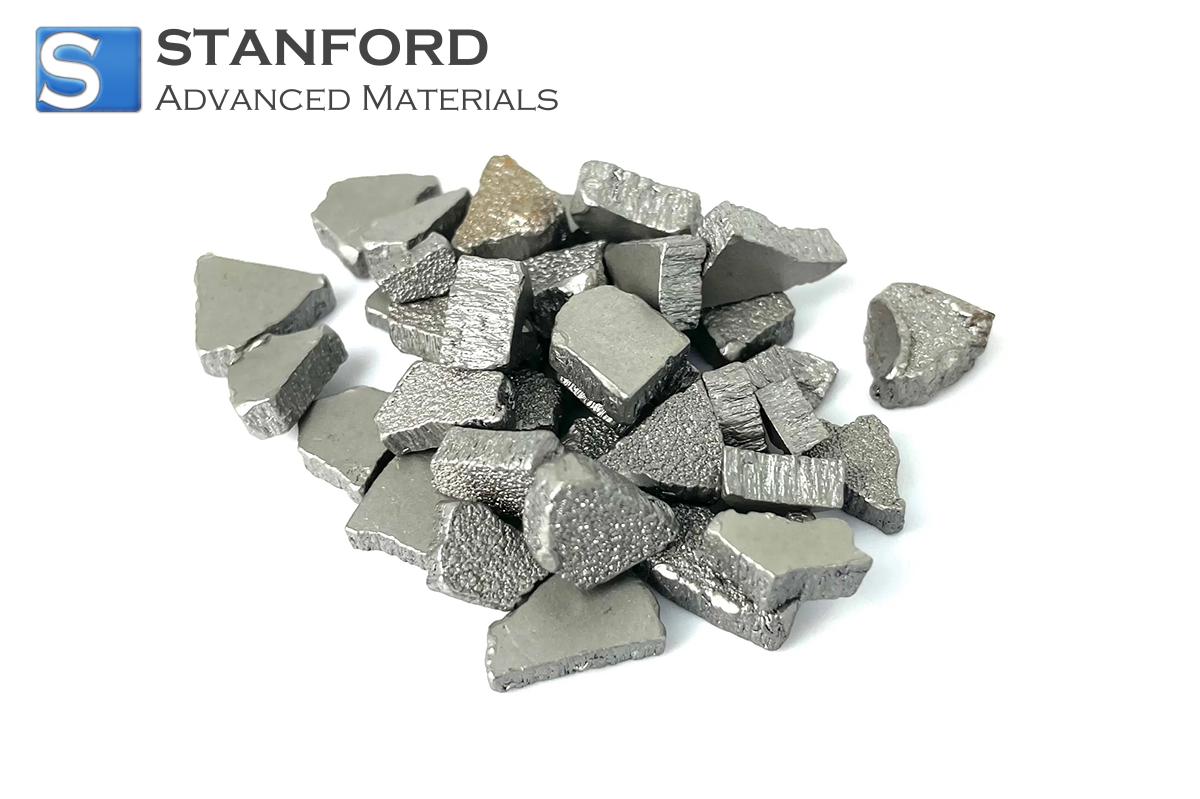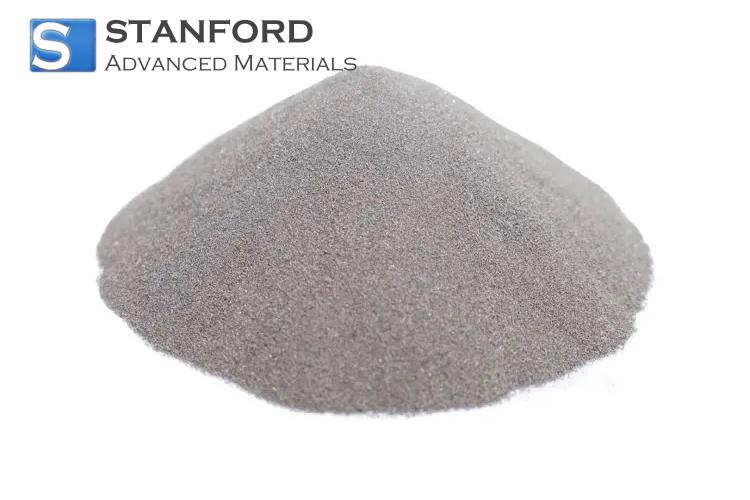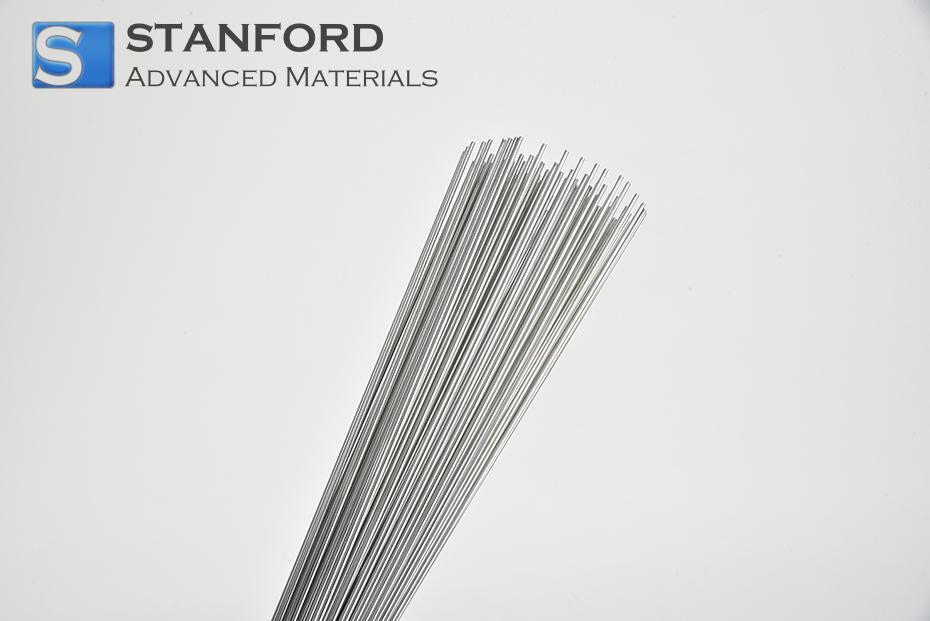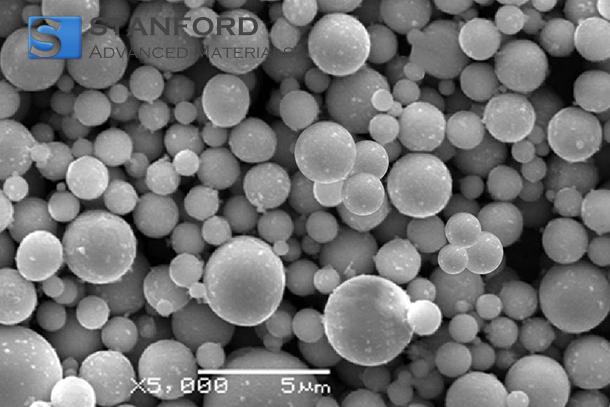Bulk Modulus: Formula And Examples
Introduction to the Bulk Modulus
The Bulk Modulus is a fundamental property that quantifies a material’s resistance to uniform compression. It defines the extent to which a material compresses under a given pressure. This property is vital in fields such as materials science, mechanical engineering and geophysics.
Relationship between Bulk Modulus and Elastic Modulus
The Bulk Modulus and the Elastic Modulus (Young’s Modulus) are both measures of a material’s elasticity; however, they describe different types of deformation. While the Bulk Modulus relates to volumetric compression, the Elastic Modulus addresses tensile or compressive stress in one dimension. Engineers employ both measures to predict material behaviour under varied loading conditions.
Bulk Modulus of Common Materials
Various materials exhibit different Elastic Modulus values, which reflect their capacity to resist compression. Metals and ceramics are two major categories in which the Elastic Modulus plays a critical role.
lMetals generally have a high modulus, indicating substantial resistance to compression. Owing to this property, they are used in applications where materials must retain their form and maintain structural integrity under significant pressure.
lCeramic materials also exhibit high Elastic Modulus values that are often comparable to those of metals. Their ability to withstand pressure makes them suitable for environments where mechanical strength and durability are imperative.
The following table lists the Elastic Modulus (also known as the compressibility modulus) for various materials.
|
Material |
Elastic Modulus (GPa) |
|
Diamond |
442 |
|
Carbon Steel |
160 |
|
70 |
|
|
Copper |
140 |
|
110 |
|
|
Iron |
160 |
|
Gold |
170 |
|
Silver |
180 |
|
220 |
|
|
Lead |
45 |
|
Glass |
50–75 |
|
Concrete |
20–40 |
|
Water |
2.2 |
|
Air |
0.0003 |
These values can vary depending on material composition, temperature and the specific structure (e.g., crystalline vs. amorphous).
Factors Affecting the Bulk Modulus
Several factors impact the Elastic Modulus of a material, including atomic structure, bonding type and temperature. Materials with strong atomic bonds typically exhibit a higher Elastic Modulus, given that more energy is required to compress such materials.
Applications of the Elastic Modulus
The Bulk Modulus is important for the design of materials for particular applications. For instance, in aerospace engineering components that must withstand high pressures are manufactured from materials with a high Elastic Modulus. In civil engineering, selecting materials with an appropriate modulus ensures that structures maintain stability and longevity.
Frequently Asked Questions
What is the Elastic Modulus and why is it important?
The Elastic Modulus measures a material’s resistance to uniform compression. It is used to determine how materials respond under pressure, which is important for various technical and scientific applications.
How does the Compression Modulus differ from the Elastic Modulus?
While the Bulk Modulus pertains to volumetric compression, the Elastic Modulus addresses tensile or compressive stress along a single dimension. Both are measures of elasticity, but they describe different forms of deformation.
Which materials have the highest Elastic Modulus?
Certain ceramics, such as silicon carbide and aluminium oxide, exhibit high Bulk Modulus values. Among metals, carbon steel and copper also demonstrate high Elastic Modulus values.
Can temperature affect the Elastic Modulus?
Yes, temperature can influence the Elastic Modulus. In general, the Bulk Modulus of a material decreases as temperature increases, thereby reducing its resistance to pressure.
Why is the Elastic Modulus important in material selection?
Selecting materials with a suitable Elastic Modulus ensures that components retain their structural integrity and functionality under the prescribed operating conditions.

 Bars
Bars
 Beads & Spheres
Beads & Spheres
 Bolts & Nuts
Bolts & Nuts
 Crucibles
Crucibles
 Discs
Discs
 Fibers & Fabrics
Fibers & Fabrics
 Films
Films
 Flake
Flake
 Foams
Foams
 Foil
Foil
 Granules
Granules
 Honeycombs
Honeycombs
 Ink
Ink
 Laminate
Laminate
 Lumps
Lumps
 Meshes
Meshes
 Metallised Film
Metallised Film
 Plate
Plate
 Powders
Powders
 Rod
Rod
 Sheets
Sheets
 Single Crystals
Single Crystals
 Sputtering Target
Sputtering Target
 Tubes
Tubes
 Washer
Washer
 Wires
Wires
 Converters & Calculators
Converters & Calculators
 Write for Us
Write for Us





 Chin Trento
Chin Trento



